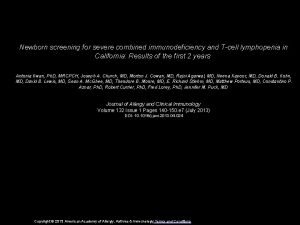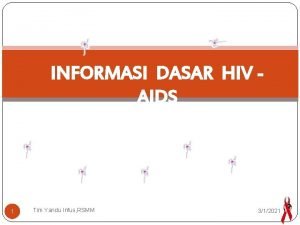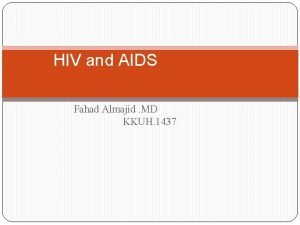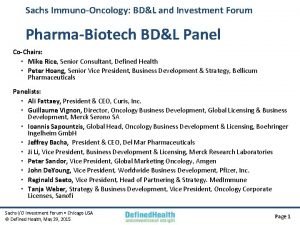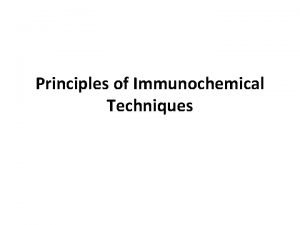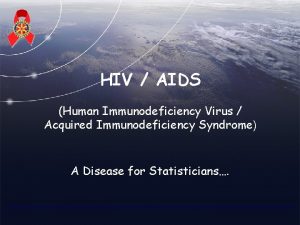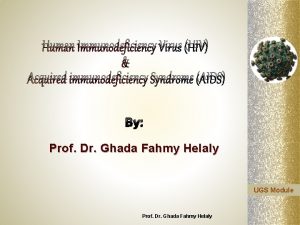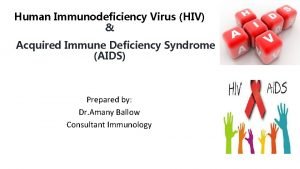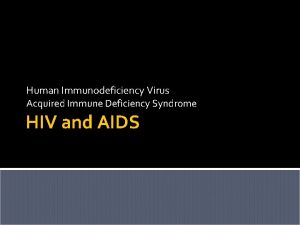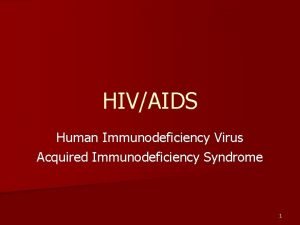Human Immunodeficiency Virus HIV Acquired Immuno Deficiency Syndrome







- Slides: 7

Human Immunodeficiency Virus (HIV) Acquired Immuno Deficiency Syndrome (AIDS) www. assignmentpoint. com

Basic Structure • Viral envelope – lipid bilayer; glycoproteins protrude from surface – Glycoproteins enable virus to recognize surface proteins of special immune cells and to enter the cell (like a key to the cell’s door) • 2 strands RNA – only 9 genes; 3 are found in many viruses (structural proteins) • Reverse Transcriptase – turns RNA into DNA (this makes HIV a retrovirus); DNA instructs cell to make more viruses www. assignmentpoint. com

www. assignmentpoint. com

HIV Making Factories • Virus enters cell through endocytosis • Virus replicates RNA to DNA with reverse www. assignmentpoint. com transcriptase

• DNA enters nucleus & binds with host DNA • m. RNA is created (carries instructions for making new viral proteins) and leaves nucleus • Uses host cell’s enzymes to make new viruses • New virions exit cell through exocytosis to infect other cells (noticewww. assignmentpoint. com cell isn’t destroyed)

How Is HIV Spread? • • • Sexual contact Sharing contaminated needles Blood transfusions Breast feeding (mother to baby) Mother to baby during pregnancy or birth www. assignmentpoint. com

Think about it… • In the US, there is better than a 1/1000 chance of contracting HIV during unprotected sex • A person can be contagious for more than 10 years before any sign of the disease is apparent • HIV becomes AIDS when the number of immune cells drops below a predetermined number • No one dies from HIV or AIDS; people die from secondary infections (ranging from the common cold to cancer) • More than 3 million people (size of Chicago) die each year • There approx. 14, 000 new cases of HIV worldwide every day www. assignmentpoint. com

